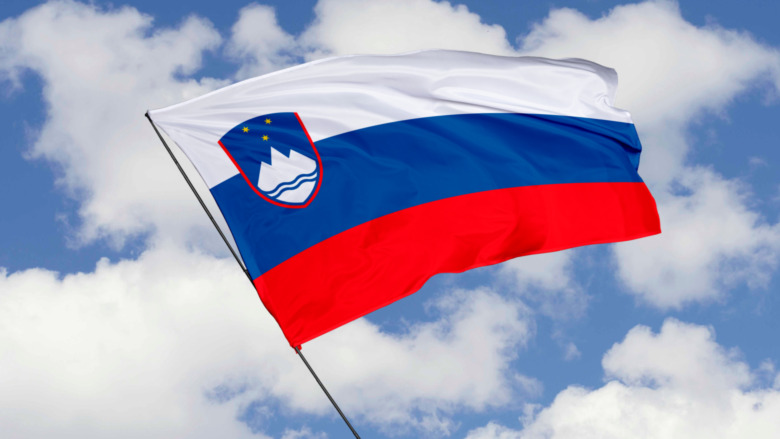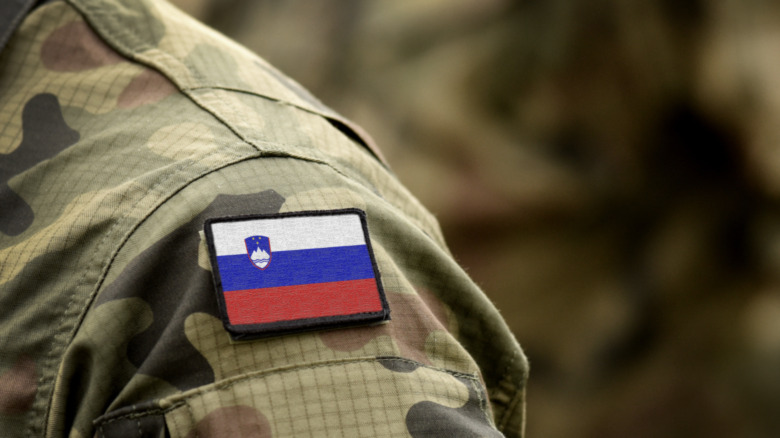The Truth About The Ten-Day War
The Ten-Day War (also known as the Slovenian War of Independence) was a brief military conflict that took place between June 27th, 1991, and July 7th, 1991. Although short, this conflict between Yugoslavia and the newly-born Slovenia marked the start of the Yugoslav Wars, a series of connected wars and ethnic struggles that didn't end until 2001.
But to truly understand the Ten-Day War, you need to go back in time a little bit. After the end of World War II, six republics (Bosnia and Herzegovina, Croatia, Macedonia, Montenegro, Serbia, and Slovenia) were joined together to create the Socialist Federal Republic of Yugoslavia. Communist revolutionary and statesman Josip Broz Tito became the leader in charge of shaping the new republic into a powerful force completely cut off from the Soviet Union (via BBC).
By the 1980s, a number of economic and political upheavals were rocking Yugoslavia, and by the time the 1990s rolled around, the breakup of the republic seemed inevitable.
On June 25th, 1991, Croatia and Slovenia were the first two republics to declare independence, much to the unhappiness of Yugoslavia (via Encyclopedia Britannica). As a response, the Yugoslav government sent the YPA (Yugoslav People's Army) to occupy border crossings and blockage roads in an effort to cut off Slovenia from the "outside" world (via Slovenija).
The YPA fired the first shot on June 26 to scare off Slovenian demonstrators, but it didn't work. The Ten-Day War was about to start.
Conflict and aftermath of the Ten-Day War
Over the following few days, tanks, armored vehicles, and helicopters were mobilized by the YPA, which had a tactical advantage over the smaller Slovenian military with only infantry weapons (via Slovenija). However, after just one day, it became clear the Slovenian armed forces were a formidable adversary, as their defensive barricades were able to stop YPA land advances.
Despite outside attempts to broker a ceasefire, the fighting continued until July 3rd. By then, Slovenia had taken back control over all border crossings. During the conflict, 19 were killed and 182 wounded on the Slovenian side, while the YPA lost 45 lives and saw 146 wounded (per Republic of Slovenia).
While military operations came to a halt on July 4th after a unilateral cease-fire agreement, the conflict didn't officially end until July 7th, 1991, when the Brioni Accords were signed. The New York Times reported about the agreement on July 8th, explaining that it "raised hopes for a peaceful settlement of the conflicts dividing this ethnically diverse nation."
Despite those hopes, the Ten-Day War became just the first conflict in the long and bloody Yugoslav Wars. Croatia was the next epicenter of the fight for independence in a four-year-long battle that left the country with over $36 billion in war damages and years of hunger, poverty, and war crimes to deal with (via The Borgen Project).

